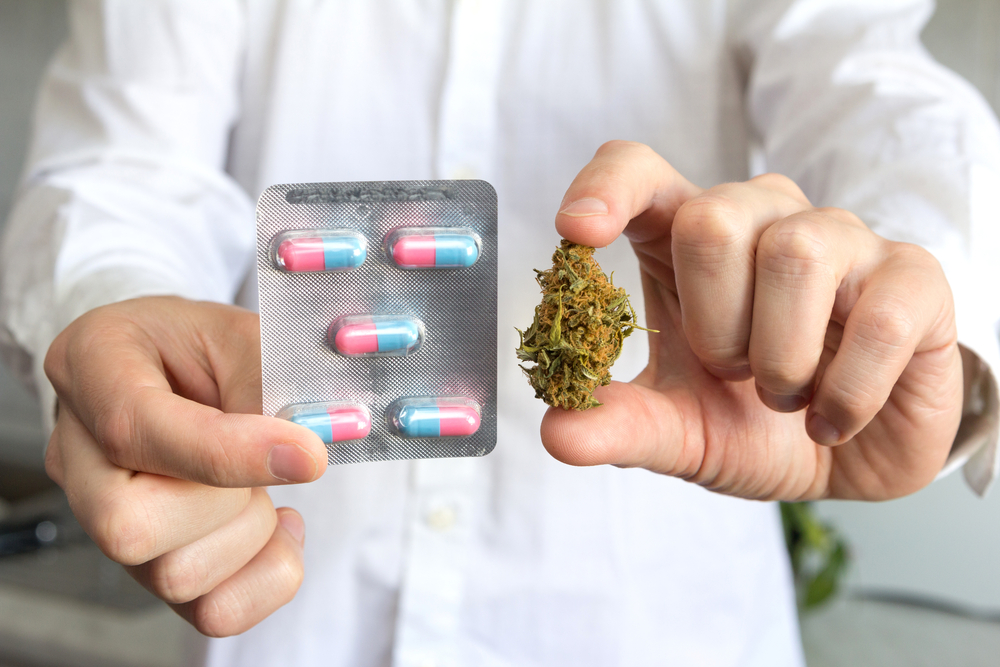Cannabis Compounds Ease Spasticity in MS, National Academies’ Report States

Certain cannabinoids reduce spasticity symptoms in multiple sclerosis (MS) patients, according to a report from the National Academies of Sciences, Engineering, and Medicine that scrutinized published research about the benefits and hazards of cannabis and cannabinoid use.
Cannabinoids also show proven effect in other areas that may be important to MS patients, but they are linked to a number of health risks.
The report, titled “The Health Effects of Cannabis and Cannabinoids: The Current State of Evidence and Recommendations for Research,” underscored that more research is needed to better understand the health and side effects of cannabis and cannabinoids, and that a number of current challenges make it difficult to reach these research objectives. The report was published by the National Academies Press.
“For years the landscape of marijuana use has been rapidly shifting as more and more states are legalizing cannabis for the treatment of medical conditions and recreational use,” Marie McCormick, committee chairwoman, said in a press release. “This growing acceptance, accessibility, and use of cannabis and its derivatives have raised important public health concerns. Moreover, the lack of any aggregated knowledge of cannabis-related health effects has led to uncertainty about what, if any, are the harms or benefits from its use.
The committee examined research published since 1999, including more than 10,000 scientific abstracts to reach its reported conclusions, almost 100 of them. Studies included the use of both recreational and medical cannabis, and considered the use of cannabinoids — natural or man-made compounds acting at the same receptor as cannabis.
“We conducted an in-depth and broad review of the most recent research to establish firmly what the science says and to highlight areas that still need further examination. As laws and policies continue to change, research must also,” said McCormick, who is the Sumner and Esther Feldberg Professor of Maternal and Child Health at Harvard T.H. Chan School of Public Health and a professor of pediatrics at Harvard Medical School.
Since recent research showed that some MS patients seek alternative treatment, the committee looked specifically at the effectiveness of cannabis in addressing spasticity in MS. Two systematic reviews of published data exist on the topic. While neither focused solely on MS, both reviews included data only from randomized, placebo-controlled clinical trials.
One of the studies reported that nabiximols and nabilone significantly improved spasticity. The other concluded that nabiximols and orally administered THC (tetrahydrocannabinol — the main cannabinoid in marijuana) are “probably effective” for reducing patient-reported spasticity. This study also labeled oral cannabis extract as “established as effective for reducing patient-reported spasticity scores.”
The committee also looked at reports of reduced spasticity measured by clinical tools, including the commonly used Ashworth scale. One of the systematic reviews reported that some improvements were noted using the scale, but they were not significant.
The other review stated that nabiximols, oral cannabis extract, and orally administered THC are “probably ineffective” for reducing objective measures of spasticity using the Ashworth scale in the short-term, but are “possibly effective” when outcomes were measured after one year.
But the committee noted that the scale has been criticized as unreliable, insensitive to treatment benefit, and that it only reflects passive resistance to movement rather than other spasticity features.
While not focusing specifically on MS, the report also investigated areas of relevance to MS patients. For instance, the committee noted that people with chronic pain were likely to improve when treated with cannabis or cannabinoids.
Cannabis use, however, may be linked to health hazards. The report noted that car accidents are more frequent among people using cannabis, and the unintentional poisoning of children is increasing in states where the use of medical cannabis has been approved.
There is also some evidence that cannabis may increase the risk of a particular type of testicular cancer, and that its use during pregnancy may be linked to increased cancer risk in the child, in addition to the lower birth weight often noted in children whose mothers smoked during pregnancy.
Cannabis smoking is linked to airway inflammatory episodes and respiratory symptoms, but it was not clear whether the use increased the risk of airway diseases such as asthma.
Importantly, the committee noted that the classification of cannabis as a U.S. Drug Enforcement Administration (DEA) schedule I substance makes it difficult to perform research. Scientific efforts are also hampered by difficulties in access to the quantity, quality, and type of products needed to address specific research questions.






